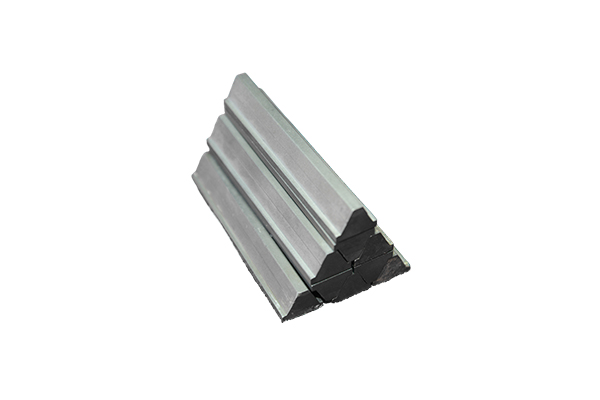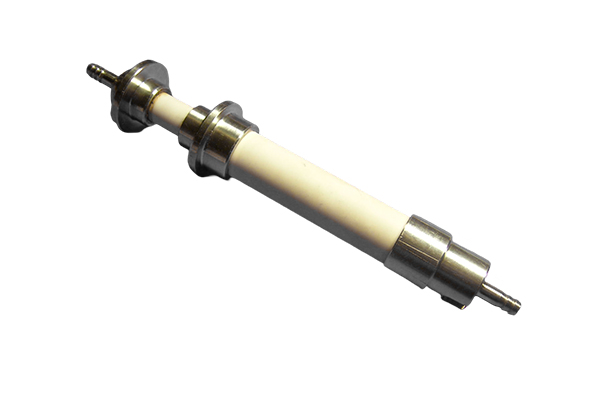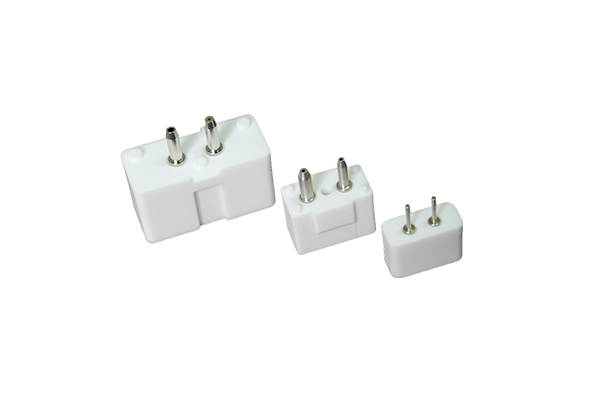How does ceramic bulletproof sheet achieve bulletproof effect through its physical properties?
Release Time : 2025-01-27
Ceramic bulletproof sheet is a key material widely used in bulletproof vests, armored vehicles and military equipment. Its bulletproof effect mainly depends on its unique physical properties.
1. High hardness and high density
High hardness: Ceramic materials have extremely high hardness, close to or exceeding that of most metal materials. When a bullet hits the ceramic surface, it encounters extremely high resistance and cannot easily penetrate.
High density: Ceramic materials are generally denser, which means that it can absorb and disperse more energy. High-density materials can more effectively "stack" energy when a bullet hits, forming a wide stress distribution.
2. Energy absorption capacity
Fragmentation effect: When a bullet hits a ceramic surface, ceramic materials will produce a fragmentation effect. The ceramic layer will quickly break and form fragments when it is impacted. These fragments will disperse in all directions, dispersing the kinetic energy of the bullet to a larger area.
Energy dissipation: The fragmentation process of ceramic fragments effectively absorbs the kinetic energy of the bullet, converting it into heat energy and stress waves, thereby reducing the impact on the rear material.
3. Penetration resistance
Penetration resistance: The high hardness of ceramic materials enables them to effectively resist the penetration of bullets at the moment of contact. A "barrier layer" is formed on the surface of the ceramic, forcing the bullet to change shape or break.
Deformation resistance: The rigidity of ceramic materials makes it difficult for them to undergo plastic deformation like metals, which means that bullets cannot penetrate bulletproof plates by pressing into the material.
4. Multilayer composite structure
Ceramic + composite combination: ceramic bulletproof sheet is usually used in combination with backing materials such as Kevlar or ultra-high molecular weight polyethylene UHMWPE. The ceramic layer is mainly responsible for "meeting" the bullet and absorbing most of its kinetic energy, while the backing material is used to further absorb the remaining energy and prevent the bullet from penetrating.
Buffering effect: The backing material can alleviate the impact of ceramic fragments on the human body and reduce secondary injuries.
5. Dynamic response characteristics
Instantaneous stress absorption: Ceramic materials can respond quickly when subjected to high-speed impact, forming extremely high local stress, forcing the bullet to slow down or break.
Stress wave dispersion: The brittleness of ceramic materials causes them to break quickly when stressed, forming stress waves that propagate in all directions, further dispersing the energy of the bullet.
6. Application scenarios and advantages
Military equipment: Ceramic bulletproof sheet is commonly used in tank armor, bulletproof helmets and bulletproof vests, and can effectively resist the threat of high-speed bullets and shrapnel.
Police bulletproof vests: Ceramic sheets can provide a higher level of protection (such as NIJ level III or IV protection) while maintaining a certain degree of lightness.
Civilian bulletproof equipment: Used in scenarios such as vehicle bulletproof armor and building protective walls, providing efficient and economical protection solutions.
Ceramic bulletproof sheet can effectively resist the impact of high-speed bullets through its high hardness, high density and unique energy absorption mechanism. Its crushing effect and anti-penetration ability make it a leader among bulletproof materials, especially when used in combination with composite backing materials, it can provide a more comprehensive protection effect.
1. High hardness and high density
High hardness: Ceramic materials have extremely high hardness, close to or exceeding that of most metal materials. When a bullet hits the ceramic surface, it encounters extremely high resistance and cannot easily penetrate.
High density: Ceramic materials are generally denser, which means that it can absorb and disperse more energy. High-density materials can more effectively "stack" energy when a bullet hits, forming a wide stress distribution.
2. Energy absorption capacity
Fragmentation effect: When a bullet hits a ceramic surface, ceramic materials will produce a fragmentation effect. The ceramic layer will quickly break and form fragments when it is impacted. These fragments will disperse in all directions, dispersing the kinetic energy of the bullet to a larger area.
Energy dissipation: The fragmentation process of ceramic fragments effectively absorbs the kinetic energy of the bullet, converting it into heat energy and stress waves, thereby reducing the impact on the rear material.
3. Penetration resistance
Penetration resistance: The high hardness of ceramic materials enables them to effectively resist the penetration of bullets at the moment of contact. A "barrier layer" is formed on the surface of the ceramic, forcing the bullet to change shape or break.
Deformation resistance: The rigidity of ceramic materials makes it difficult for them to undergo plastic deformation like metals, which means that bullets cannot penetrate bulletproof plates by pressing into the material.
4. Multilayer composite structure
Ceramic + composite combination: ceramic bulletproof sheet is usually used in combination with backing materials such as Kevlar or ultra-high molecular weight polyethylene UHMWPE. The ceramic layer is mainly responsible for "meeting" the bullet and absorbing most of its kinetic energy, while the backing material is used to further absorb the remaining energy and prevent the bullet from penetrating.
Buffering effect: The backing material can alleviate the impact of ceramic fragments on the human body and reduce secondary injuries.
5. Dynamic response characteristics
Instantaneous stress absorption: Ceramic materials can respond quickly when subjected to high-speed impact, forming extremely high local stress, forcing the bullet to slow down or break.
Stress wave dispersion: The brittleness of ceramic materials causes them to break quickly when stressed, forming stress waves that propagate in all directions, further dispersing the energy of the bullet.
6. Application scenarios and advantages
Military equipment: Ceramic bulletproof sheet is commonly used in tank armor, bulletproof helmets and bulletproof vests, and can effectively resist the threat of high-speed bullets and shrapnel.
Police bulletproof vests: Ceramic sheets can provide a higher level of protection (such as NIJ level III or IV protection) while maintaining a certain degree of lightness.
Civilian bulletproof equipment: Used in scenarios such as vehicle bulletproof armor and building protective walls, providing efficient and economical protection solutions.
Ceramic bulletproof sheet can effectively resist the impact of high-speed bullets through its high hardness, high density and unique energy absorption mechanism. Its crushing effect and anti-penetration ability make it a leader among bulletproof materials, especially when used in combination with composite backing materials, it can provide a more comprehensive protection effect.







